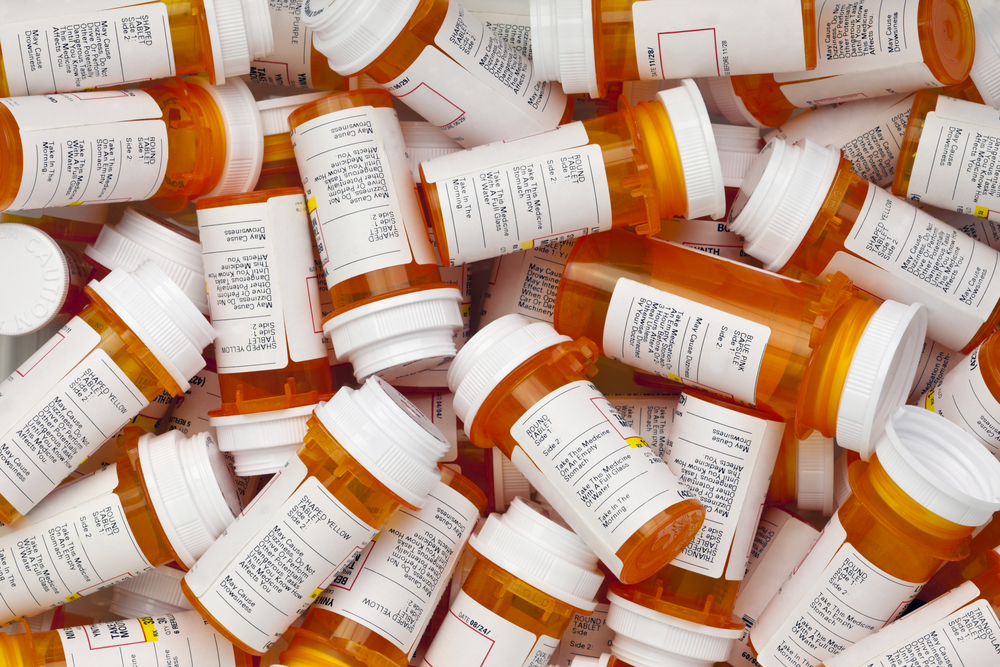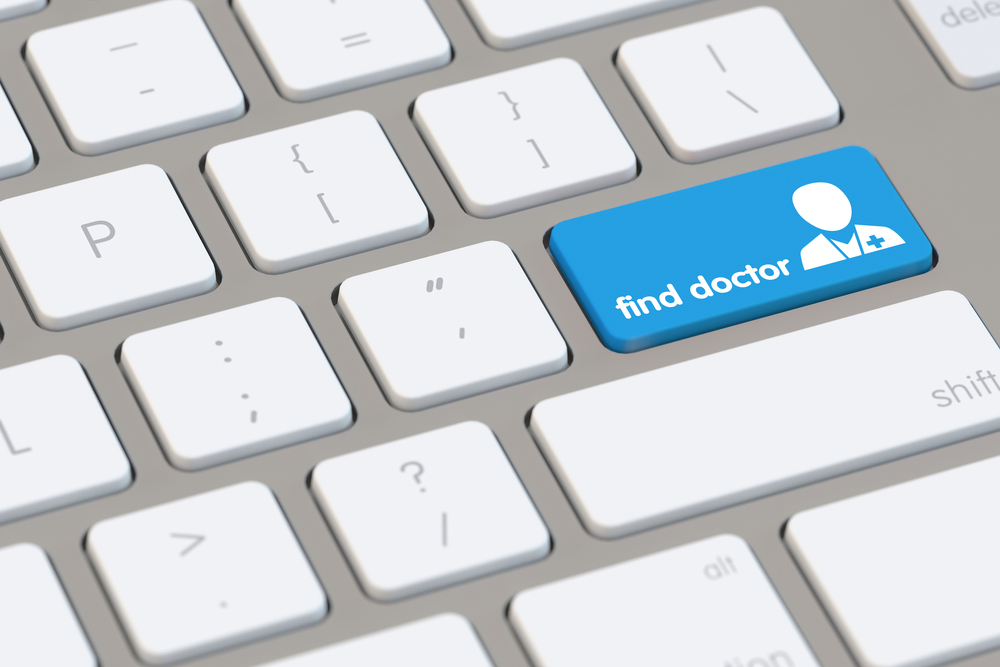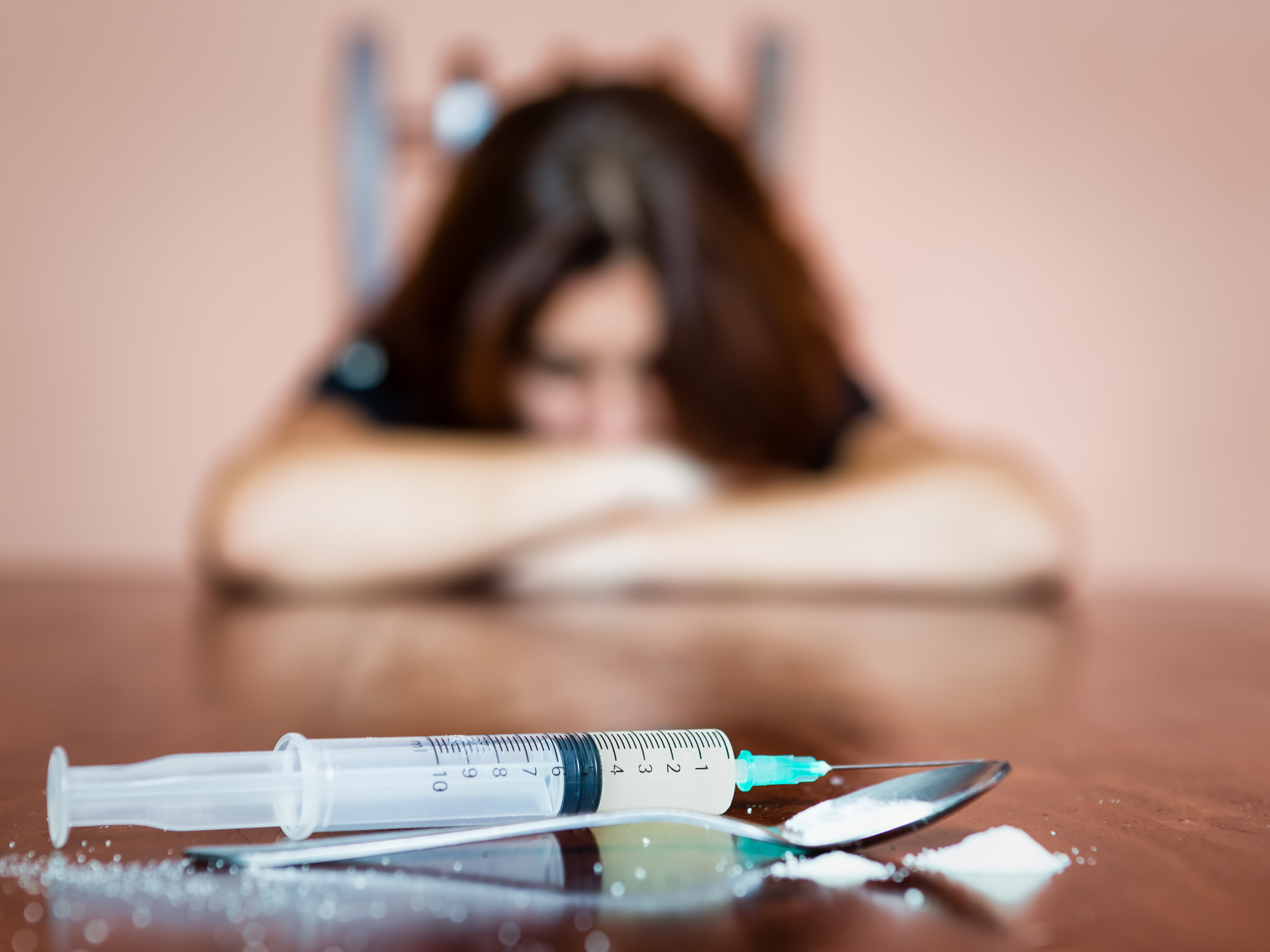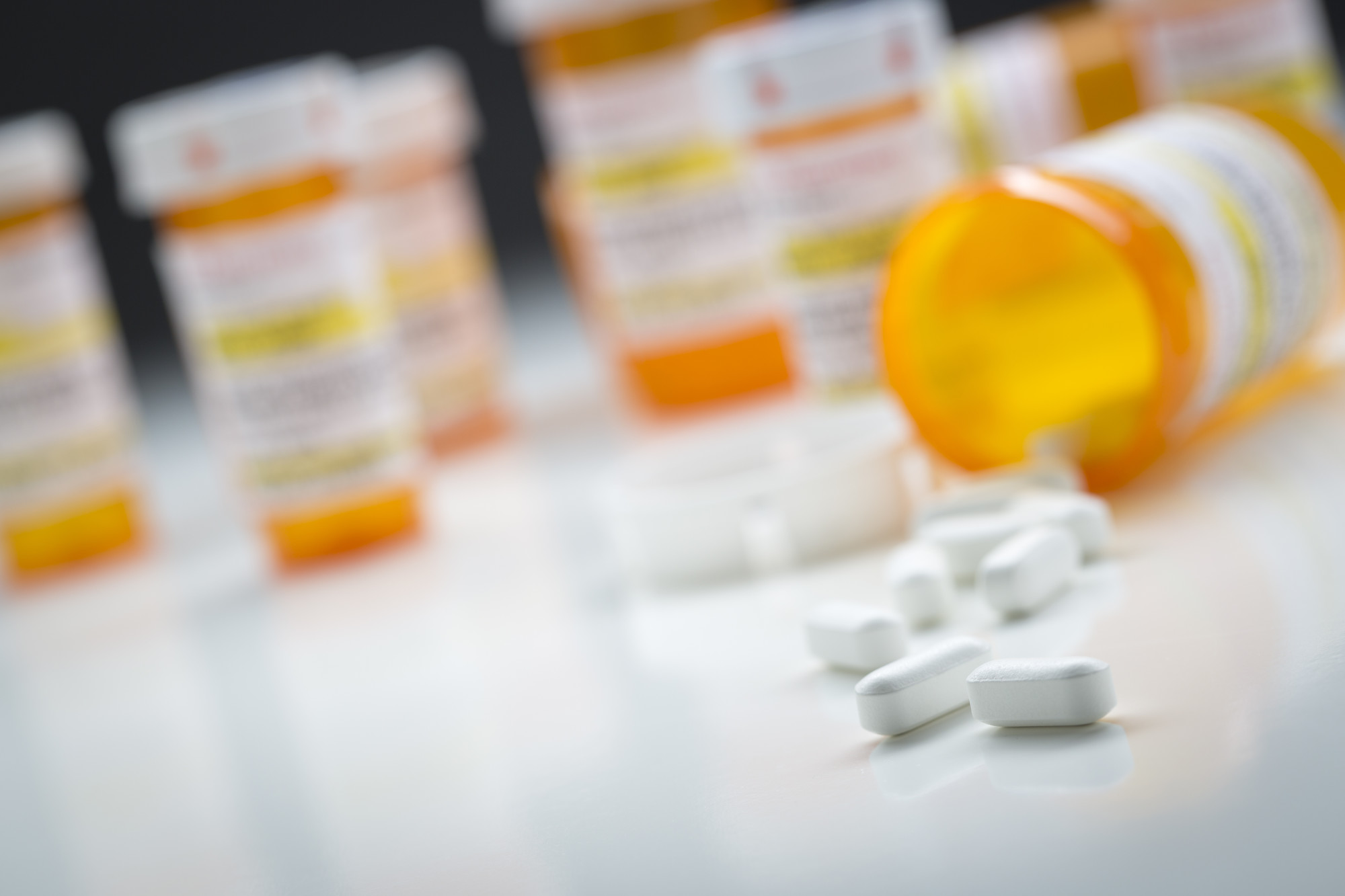Suboxone Vs. Methadone
Methadone and Suboxone are prescription drugs that help to combat a wide array of addictions. With so many similarities and intricacies in their usage, we take a look at a comparison between the two.
What do Suboxone and Methadone Treat?
Suboxone is a special kind of medication that was developed to help combat dependence on certain drugs. However, while its brand name is Suboxone, it contains a combination of two medications; naloxone and buprenorphine. Buprenorphine is a mild opiate that helps in abating pain, while naloxone is an opiate antagonist that blocks opioid agonists and helps with treating overdoses.
A combination of these two underlying ingredients helps people who have developed addictions to prescription drugs to develop a safer way to stop abuse.
Methadone is another popular drug that is usually used in treating narcotic addiction. It was once considered to be the industry standard in painkillers, but it has undergone much more evolution from World War II days. Now, it helps with treating narcotic addiction and reducing about a painless, much safer way.
What do Suboxone and Methadone Have in Common?
Both Suboxone and Methadone are opioids. They can also both be used by people in getting through the detoxification (detox) process. Essentially, a detox is the process that occurs when the body tries to cleanse itself of a drug. During this process, certain symptoms arise as a result of the body trying to acclimatize to an absence of the drugs in question. Most detox withdrawal symptoms aren’t life-threatening, but they’re still uncomfortable and can cause much pain to the patient.
This is where drugs like Suboxone and Methadone come into play. Using them in their appropriate dosage will help reduce your cravings for these drugs and ease the process of detoxification a great deal.
Even though both of these drugs were manufactured to treat certain forms of withdrawal symptoms and ease the transition from addiction to sobriety, there is a potential for misuse with the two of them. Misuse of the two drugs would create addiction symptoms. Withdrawal symptoms of the drugs are also quite similar, with the most common being nausea, dizziness, headaches, and sweating.
Addiction to many drugs comes with certain forms of treatment. For some drugs, the patient needs to stop usage all at once and other drugs need to be weaned from the system. Detoxing from most addictive drugs can be eased with certain medications.
When it comes to both Methadone and Suboxone, the rule of thumb when treating withdrawal is usually to seek professional help. This is because withdrawal is traditionally handled by tapering the victim off gradually. This should be done in the presence of a professional, who will be able to measure progress and prescribe resolutions.
How are They Different?
While the two of them are usually manufactured and are taken to treat withdrawal symptoms, it is worth noting that the types of withdrawal symptoms differ a little bit. Methadone helps with the treatment of narcotic withdrawal symptoms, while Suboxone specializes in opioid withdrawal symptoms.
You can get a Methadone prescription from various federal clinics, while Suboxone is usually prescribed through a local pharmacy, as long as you get a signed prescription form from a licensed health care practitioner.
Suboxone provides partial agonist action, while Methadone is a full opioid agonist. Essentially, this means that Suboxone will most likely have less of an impact on the cognitive abilities of the user, as well as fewer general opioid effects, than Methadone.
Generally, Suboxone is considered to be a much safer alternative to Methadone as far as opioid addiction treatment is concerned. However, the choice you make between the two is a personal one and it should also depend on the recommendation of trained and licensed medical practitioners.
The dosage forms for these drugs also differ a bit. While Suboxone is usually taken in doses of thin film and tablets, Methadone has a much wider range of application, with dosage forms, including liquid, tablets, and suspensions.
Both Suboxone and Methadone are opioids, which means that they are capable of providing symptoms of withdrawal. As a Schedule II drug, there is a much higher tendency of Methadone being misused than Suboxone which is a Schedule III drug. Also, the symptoms of withdrawal from methadone usually last from three to six weeks, while those of Suboxone last for several months.
If You’re Considering MAT, How Do You Find Out Which is Right For You?
If you’re considering Medically Assisted Treatment (MAT) and you’re stuck between a choice of Suboxone or Methadone, your decision should depend on a consultation with a doctor.
Medical practitioners are a crucial ally in the treatment of addiction withdrawal symptoms, especially with the use of medications. They will help determine the right kind of medication for you, as well as the level of dosage that will be able to help in keeping your addiction under control. Your doctor will also be able to direct you to the right facilities that will provide you with the medications and the kind of counseling that you need to improve your condition.
Also, you should know that in most cases the mere administration of drugs won’t be sufficient in treating withdrawal symptoms. The journey is one you take with mental health experts and doctors if you hope to get off effectively.










